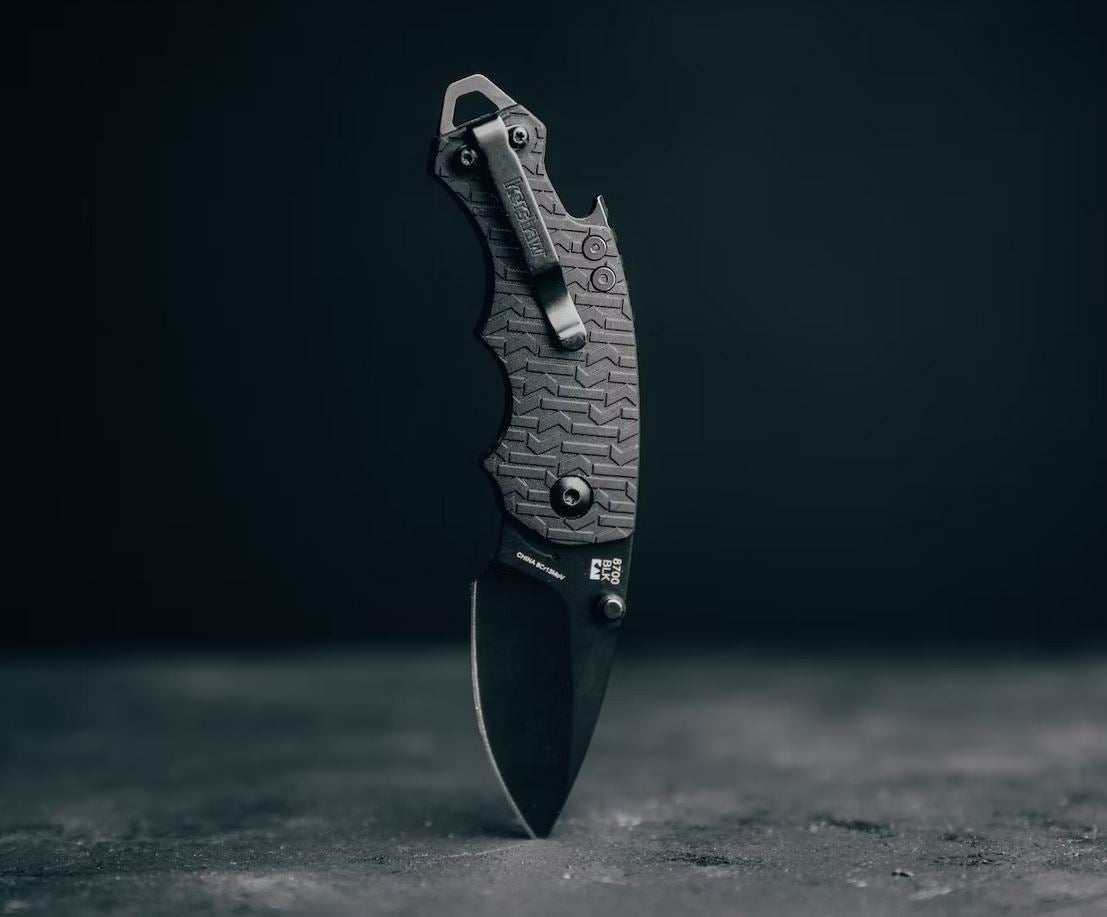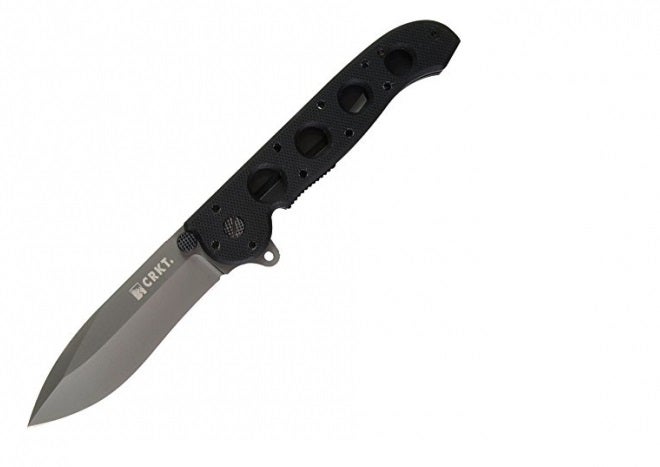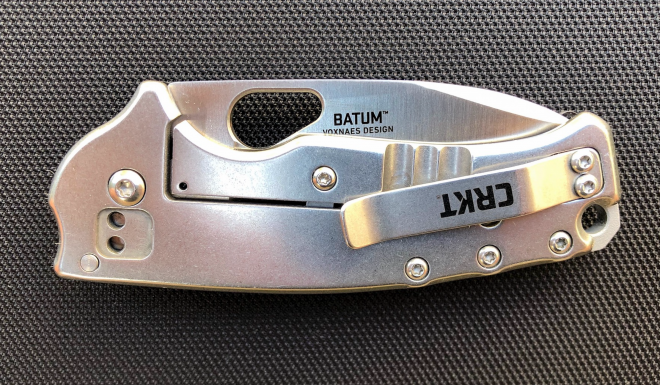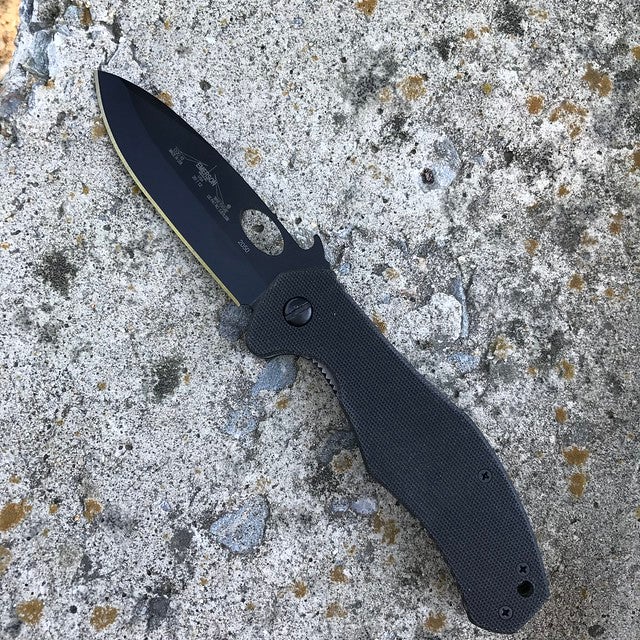Blade Top Picks – Our Guide to Good, “Cheap” EDC Knives
Travis Olander 06.28.23

A core component of any EDC kit is a solid pocket knife. But, like anything else that’s even vaguely related to tactical kit or gear, the cost of good EDC knives can quickly get out of hand. We’re talking about the Chris Reeves, Sebenzas, and high-end Benchmades and Spydercos of the knife world. While any of those makers’ knives can turn heads and garner respect, they’re more often suited for the collector – you probably aren’t going to daily-carry a $600 bladed work of art. Here’s why you should buy a “cheap” (< $100) EDC knife, and why you might be surprised how easy it is to find a high-quality blade every bit as capable as an expensive handcraft.
1. Good, “Cheap” EDC Knives – Quality Blade Steels Are Cheap, Now
As the idea of carrying EDC “stuff” graduated from cringey-mall-ninja to normalcy, so too did the idea of owning a quality pocket knife. Knife makers have gotten incredibly competitive over the past two decades, and that’s a good thing for you: Quality blade steels, like powdered metallurgy alloys, high-carbon/-carbide stainless and tool steels, and even “supersteels” like Elmax have all plummeted in price.
(Good EDC Knife Steels to Buy)
Where a knife made from CPM-S35VN once costed $300 or more, you can find plenty for well under $100. Even mid-grade and budget alloys have been improved. Stainless steels like 154CM, 8CR14MOV, and 12C27 can afford high cutting power and excellent edge retention without sacrificing blade resiliency and ease of sharpening.
Blade makers proud of their one-off creations once had to charge high prices merely because of these no-longer-expensive alloys. But advancements in metallurgy have rendered that moot. Basically, spending $400 on a Sebenza no longer means you’re getting $400 worth of premium cutting steel, especially compared to some off-the-shelf CRKT that only costs $50.
2. Good, “Cheap” EDC Knives – Made to Be Abused
You’re going to feel pretty bad about chipping the high-carbon blade on a $300 flipper dutifully crafted by the likes of Joseph Vero. And often, these boutique knife beauties are not made from alloys that are designed for daily driving. Knife makers crafting collector pieces are typically working with expensive steels like Bohler M390, Maxamet, ZDP 189, or S90V.
These are the fabled “supersteels” that contain incredibly high concentrations of carbon and carbides. They’re difficult to forge and machine and, for the EDC knife user, they’re incredibly hard. That also means steels like these are brittle, very difficult to sharpen, and prone to chipping and cracking. A good EDC knife blade should suffer none of these foibles. That’s not to mention any of the exotic scales, handle materials, gem stuffed fasteners, and expensive accoutrements a niche knife maker employs. Fossilized bone, anodized titanium, and exotic hardwoods might look beautiful, but they simply aren’t designed for daily carry around the warehouse or working yard.
(Stick with Mid-Grade Materials)
You can’t go wrong with a Micarta or G10 handle. Brass and carbon fiber look great and perform even better. Investing in a conventional steel frame and regular ole’ countersunk Torx head fittings makes sense when it comes to a decent EDC knife.
EDC Knives: Our Top Picks
So, what are some great EDC knives to consider? Sticking with our budget of $100 or less, these are some proven blades that can cut on the daily but won’t break the bank.
1. CRKT M21-02G
We reviewed CRKT’s M21 a few years ago, and it continues to hold up as a solid, affordable EDC today. The 02G variant of the M21 series is the perfect side for daily carry. It sports a solid 4116 stainless blade with high Chromium content and a balanced carbon content. Together, these carbides provide high rust resistance and good edge retention while balancing blade toughness and resiliency.
The simple drop point blade and thick spine provide plenty of chopping and slicing power, while the thumb stuff and flipper action make the M21 a great fidget toy. Subdued, skeletonized G10 scales provide plenty of grip and the knurled liner lock is easy to engage when wet or cold. The M21’s pretty sharp out of the box, thanks to a high hollow grind that’s relatively easy to maintain with a whetstone. In 2023, the M21-02G can be found for as low as $52 before tax and shipping.
2. CRKT Batum
The CRKT Batum is another top, affordable EDC contender we reviewed favorably. This stubby little folder comes equipped with an 8CR13MOV blade. This is a mid-grade stainless alloy that provides surprisingly high edge retention and sharpness, while affording one of the cheapest grinds available in any pocket knife.
The Batum has a wonderfully compact profile that makes it great for pocket carry. Its short, wide drop point blade is perfect for slicing and dicing, and its frame lock provides awesome lock-up. The all-stainless finish looks great and performs even better in wet, humid, and saltwater environments, while the reversible belt clip allows you to carry tip-up or -down to your liking. The Batum is available with G-10 scales for those who prefer a little less flash and perhaps some extra wet grip, all for around $30 to $40.
3. Kershaw Emerson CQC-10K
With blades available in hard-wearing 154CM and 8CR14MOV, the Emerson CQC-10K is an affordable tactical folder with a comfortable handle, solid frame lock, and wicked sharp drop point or clip point “Bowie” blade.
The handle on the Emerson provides loads of comfort and grip (available in stainless or G-10), and the high flat or hollow grind both afford plenty of cutting potential and easy sharpening. Both 154CM and 8CR14MOV contain 14% Chromium for high rust resistance; the former is a bit harder with 1.05% carbon compared to the latter’s 0.75%. At the time of publication, the Emerson can be found for about $45 to $60.


